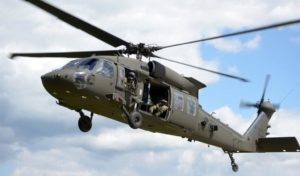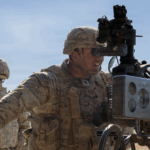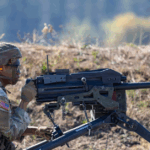
The Army is opening a new $6.7 million facility this summer to conduct experiments on rotorcraft drivetrains to help the service study lighter, more efficient transmission systems for its future rotorcraft fleet. The Vehicle Innovative Powertrain Experimental Research (VIPER) laboratory at Aberdeen Proving Ground in Maryland will feature a 2,000-horsepower transmission testbed that can be configured for experiments simulating UH-60 Black Hawk and AH-64 Apache helicopters, V-22 Osprey tiltrotors and eventually the service’s Future Vertical Lift platforms. “VIPER will be…

 By
By 











